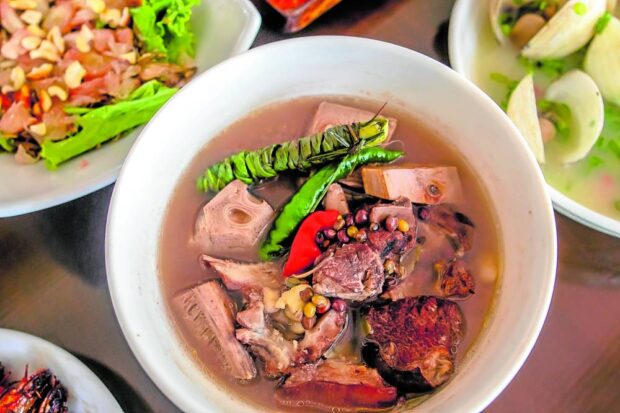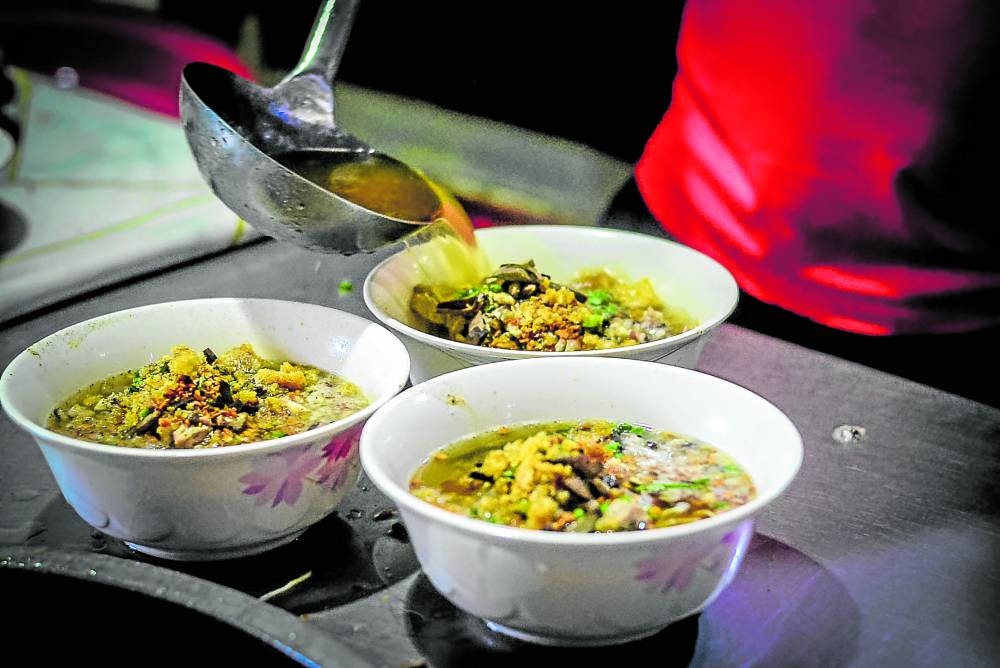Ilonggo dishes give Iloilo spot in UN ‘creative cities’

FOOD HERITAGE Iloilo City, a bustling metropolis in Western Visayas known for its diverse cuisine, is the latest Philippine urban center to join the United Nations Educational, Scientific and Cultural Organization’s creative cities network for its food heritage. —PHOTO COURTESY OF ILOILO CITY MAYOR’S OFFICE
Food is where the heart is.
Iloilo City is the latest metropolis in the country to join the United Nations Educational, Scientific and Cultural Organization’s (Unesco) Creative Cities Network (UCCN), thanks to its gastronomic offerings.
A total of 55 new cities worldwide joined the UCCN, following their designation by Unesco Director General Audrey Azoulay on Tuesday, also World Cities’ Day.
With this feat, Iloilo City—nicknamed the “Heart of the Philippines”—became the third city in the country to be part of the international network after Baguio (2017) for craft and folk art, and Cebu (2019) for design.
The Department of Tourism and the Department of the Interior and Local Government praised the Iloilo City government for the feat.
Article continues after this advertisementBoth Tourism Secretary Christina Frasco and Interior Secretary Benhur Abalos recognized local leaders and groups, led by Iloilo City Mayor Jerry Treñas and Pangasinan Rep. Christopher de Venecia, chair of the House committee on creative industries for their significant involvement and active efforts leading to the inclusion of the city in the prestigious network.
Article continues after this advertisement
“KBL” for kadyos, baboy and langka, are among the signature dishes of Iloilo City. —IAN PAUL CORDERO
“Iloilo City is a gastronomic haven for both Filipinos and international visitors, and a hallmark of our Filipino culinary heritage,” Frasco said in a statement on Thursday.
“This recognition is a homage to Iloilo City’s indigenous peoples and ancestors who passed down their customs, traditions, and ways of life, including the traditional Ilonggo recipes. It is a resounding testament to the richness, ingenuity, and diversity of our culture as Filipinos,” Abalos said in a separate statement.
Local favorites
Iloilo City is renowned for signature dishes such as batchoy, pancit molo, and local favorites like “KBL” (the acronym for the soup-based dish of kadyos, baboy, and langka), which has another key ingredient of “batuan,” a sour tropical fruit endemic on Panay Island—as well as the charcoal-roasted “darag” native chicken, giant siopao and fresh seafood.
It is also famous for the rustic “laswa,” a soup-based dish made out of a variety of vegetables such as squash, okra, eggplant, patola and tomato.
Iloilo City had been vying for the title for the past two years, with the local government beefing up its efforts earlier this year by implementing several food-related initiatives.
This included the publication of “Flavors of Iloilo,” a 208-page cookbook authored by Rafael Jardeleza Jr., also known as Chef Tibong, in October last year, featuring heirloom dishes. Local officials said the book was meant to preserve traditional Ilonggo recipes.

“Batchoy”—IAN PAUL CORDERO
In November 2021, the Iloilo city council passed a resolution declaring the city as the “Food Haven of the Philippines.”
According to Abalos, the “Creative City of Gastronomy” tag would surely boost tourism not only in Iloilo City but also in the entire country.
He rallied other cities in the country to replicate the success of Iloilo, Cebu and Baguio and be recognized worldwide as icons of urban development.
“I strongly believe that there is no shortage of creativity and innovation in this country and that this land is home to a diverse cultural heritage,” Abalos noted.
Unesco, in a press release, said: “New cities were acknowledged for their strong commitment to harnessing culture and creativity as part of their development strategies, and displaying innovative practices in human-centered urban planning.”
Joining Iloilo in the field of gastronomy were the cities of Battambang in Cambodia, Chaozhou (China), Fribourg (Switzerland), Gangneung (South Korea), Herakleion (Greece) and Nkongsamba (Cameroon).